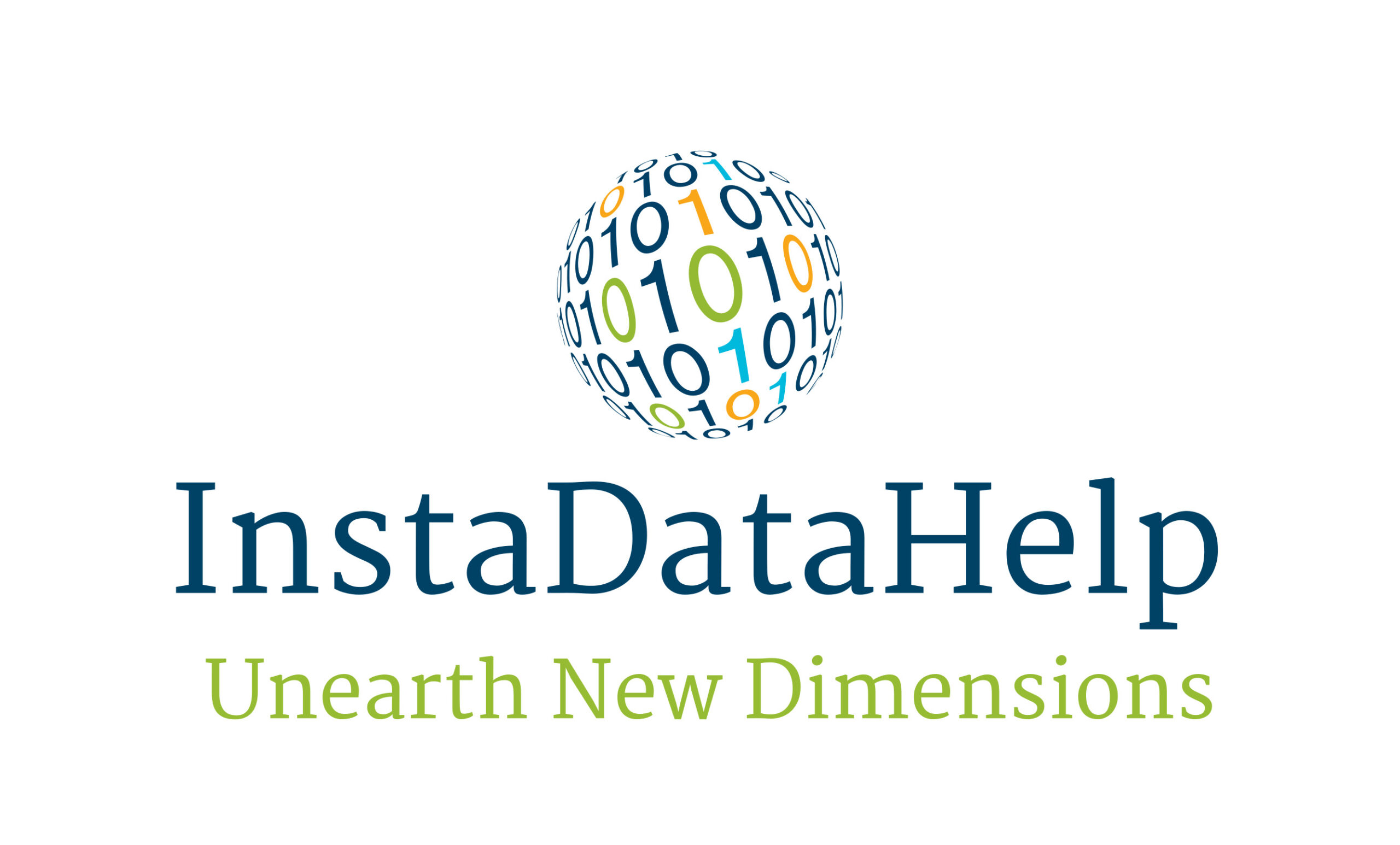The Rise of Data Mining: How Organizations are Leveraging Data for Success
Introduction
In today’s digital age, data has become a valuable asset for organizations across various industries. With the rise of technology and the increasing amount of information available, organizations are now leveraging data mining techniques to extract meaningful insights and drive success. In this article, we will explore the concept of data mining, its importance, and how organizations are utilizing it to gain a competitive edge.
What is Data Mining?
Data mining refers to the process of discovering patterns, relationships, and insights from large sets of data. It involves the use of various statistical and mathematical techniques to extract valuable information that can be used for decision-making and strategic planning. Data mining allows organizations to uncover hidden patterns and trends that may not be apparent through traditional analysis methods.
Importance of Data Mining
Data mining plays a crucial role in today’s business landscape for several reasons:
1. Improved Decision-Making: By analyzing large volumes of data, organizations can make informed decisions based on accurate and reliable information. Data mining helps identify patterns and trends that can guide decision-makers in developing effective strategies.
2. Enhanced Customer Insights: Data mining enables organizations to gain a deeper understanding of their customers. By analyzing customer behavior, preferences, and purchasing patterns, organizations can tailor their products and services to meet customer needs, resulting in improved customer satisfaction and loyalty.
3. Increased Efficiency and Cost Savings: Data mining helps organizations identify inefficiencies and areas for improvement. By analyzing operational data, organizations can streamline processes, reduce costs, and optimize resource allocation.
4. Competitive Advantage: Organizations that effectively leverage data mining techniques gain a competitive edge in the market. By understanding market trends, customer preferences, and competitor strategies, organizations can develop innovative products and services that meet customer demands.
How Organizations are Leveraging Data Mining
1. Marketing and Sales
Data mining is widely used in marketing and sales to identify customer segments, target specific demographics, and personalize marketing campaigns. By analyzing customer data, organizations can identify potential leads, predict customer behavior, and optimize marketing strategies for maximum impact.
For example, e-commerce giant Amazon uses data mining to recommend products to customers based on their browsing and purchase history. This personalized approach has significantly contributed to Amazon’s success and customer satisfaction.
2. Fraud Detection
Data mining techniques are also employed in fraud detection and prevention. Organizations use data mining algorithms to analyze patterns and anomalies in financial transactions, identifying potential fraudulent activities. By detecting fraudulent behavior early on, organizations can minimize financial losses and protect their reputation.
Credit card companies, for instance, use data mining to identify unusual spending patterns and flag suspicious transactions, protecting both the company and its customers from fraudulent activities.
3. Healthcare
Data mining has revolutionized the healthcare industry by enabling organizations to analyze patient data and improve patient care. By analyzing medical records, treatment outcomes, and patient demographics, healthcare providers can identify patterns and trends that can lead to better diagnosis, treatment, and prevention strategies.
For example, data mining techniques have been used to predict disease outbreaks, identify high-risk patients, and optimize treatment plans, ultimately improving patient outcomes and reducing healthcare costs.
4. Supply Chain Management
Data mining plays a vital role in supply chain management by optimizing inventory management, reducing costs, and improving overall efficiency. By analyzing data on supplier performance, demand patterns, and production processes, organizations can make data-driven decisions to streamline their supply chain operations.
Retail giant Walmart, for instance, uses data mining to analyze customer buying patterns and optimize inventory levels in its stores. This allows Walmart to minimize stockouts, reduce excess inventory, and improve overall supply chain efficiency.
Challenges and Ethical Considerations
While data mining offers numerous benefits, there are also challenges and ethical considerations that organizations must address. Some of these challenges include:
1. Data Quality: Data mining relies heavily on the quality and accuracy of data. Organizations must ensure that the data they collect is reliable, complete, and up-to-date to obtain accurate insights.
2. Privacy and Security: Organizations must handle customer data responsibly and ensure compliance with data protection regulations. Data security measures must be in place to protect sensitive information from unauthorized access.
3. Bias and Discrimination: Data mining algorithms can be biased if the data used for analysis is not representative or if the algorithms themselves are flawed. Organizations must be aware of potential biases and take steps to mitigate them to ensure fair and unbiased decision-making.
Conclusion
Data mining has become an essential tool for organizations looking to gain a competitive edge in today’s data-driven world. By leveraging data mining techniques, organizations can extract valuable insights, improve decision-making, enhance customer experiences, and optimize business operations. However, organizations must also address challenges such as data quality, privacy, and bias to ensure ethical and responsible use of data mining techniques. As technology continues to advance, data mining will play an increasingly vital role in shaping the success of organizations across various industries.



Recent Comments